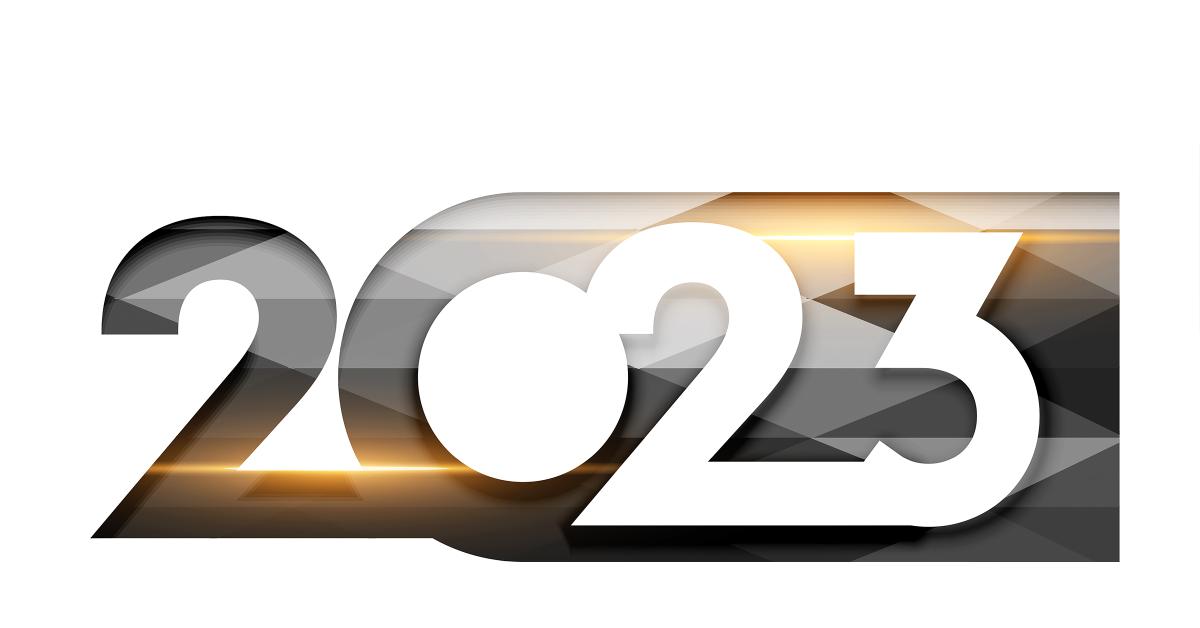CHICAGO — As we turn the page on a brand-new year, many of the challenges of the past few years are still hanging around. While there has been recovery, there are new obstacles that dry cleaners must deal with as we move ahead into 2023.
In Part 1 of this series, we looked at some of those challenges that are lingering, and what the economic indicators are predicting for 2023. Today, we’ll see where we are as an industry, and how the new year might play out.
Have We Hit the ‘New Normal’ Yet?
All throughout the tumult of the past couple of years, dry cleaners have been looking for the stabilization in the markets that they all crave. Being able to predict the future with a bit of certainty, this thinking goes, is better than the chaos we’ve been experiencing.
So, have we reached this “new normal” yet?
“Yes and no,” says Christopher White, executive director of America’s Best Cleaners (ABC). “I think there is still room for more consolidation and the first half of 2023, with the economic outlook as it stands, will put more pressure on dry cleaners, landlords, and the availability of capital for operations to invest in technology.”
Cleaners need to accept that the market has changed, says Mary Scalco, CEO of the Drycleaning and Laundry Institute (DLI), and that they need to change with it.
“The people who are going to thrive are those who are going to position themselves as being able to take care of any of your household and apparel items — and that we are a convenience,” she says. “I don’t think we are ever going to go back to the old, traditional dry cleaner. I don’t think you’re going to survive doing that.”
One of the major changes is in what people wear, both for business and for casual situations.
“There’s something to be said for comfort — humans love comfort,” Scalco says. “There’s nothing comfortable about wearing a tie, or wearing high heels all the time. So, I think that spandex isn’t going away. Athleisure isn’t going away. It might get a little more dressed up, but that trend to seeing cashmere sweatsuits and high-end athleisure is going to be the wave of the future.”
That being said, economist Chris Kuehl, managing director of Armada Corporate Intelligence, sees that the work-from-home trend has started to reverse for certain occupations, which is good news for dry cleaners.
“Dry cleaning is seeing a bit of a rebound, simply because the assumptions made in 2020 was that we’re all going to be virtual — we would never wear pants again, and nobody was ever going to go back to the office,” he says. “That’s turned out to be an inaccurate assumption. And you’ve got a lot of businesses that are returning to the office, and suddenly, you’ve got more of a demand for people to look work-appropriate.”
More importantly for dry cleaners, Kuehl believes, is that the right people are returning to the office.
“Dry cleaners have always been very sensitive to the professions,” he says. “At the end of the day, the blue-collar worker is probably not bringing a lot in for dry cleaning. But lawyers, accountants, people in the medical profession and those types are the core market. Those are the groups that are going back to the office, saying, ‘Yeah, we can’t do this stuff virtually.’ So, there should be a return to a more normal behavior.”
A Shrinking Industry
One of the new realities of the drycleaning industry as we enter 2023 is that there are simply fewer people in it — both dry cleaners and those who support them.
“The state of industry is that, obviously, it’s getting smaller,” White says. “It’s consolidating. And with that, it’s creating, in my mind, some pretty significant challenges for operators.”
One is that there are fewer resources for dry cleaners with questions or problems to pull from.
“With so much consolidation in the allied trades, we have lost having seasoned professionals in the supply, equipment, and mechanical services sector visiting shops and sharing knowledge,” White says. “The supply side has moved to an almost 100% order-taker mode or online ordering. Long gone in many markets are technical professionals coming into your shop monthly to bring a new idea or product. Everything is price-driven, which amplifies the question of the value of your local supplier.”
Repairs can also be problematic, White says: “On the mechanical side, our industry has lost so many available skilled troubleshooters and service professionals that now those that are still in business have to be very careful where they spend their time, and rightfully so.”
Also missing, he says, are those with the depth of know-how that comes from years of experience: “We’re seeing a brain drain, or the loss of knowledge we’re seeing with so many multi-generational businesses closing, people retiring out of the industry, attrition and closures because of COVID.”
Come back Tuesday for Part 2 of this feature, where we’ll take a look at one of the hangovers from 2022 that dry cleaners will still be dealing with — labor issues. For Part 1 of this series, click HERE.
Have a question or comment? E-mail our editor Dave Davis at [email protected].








